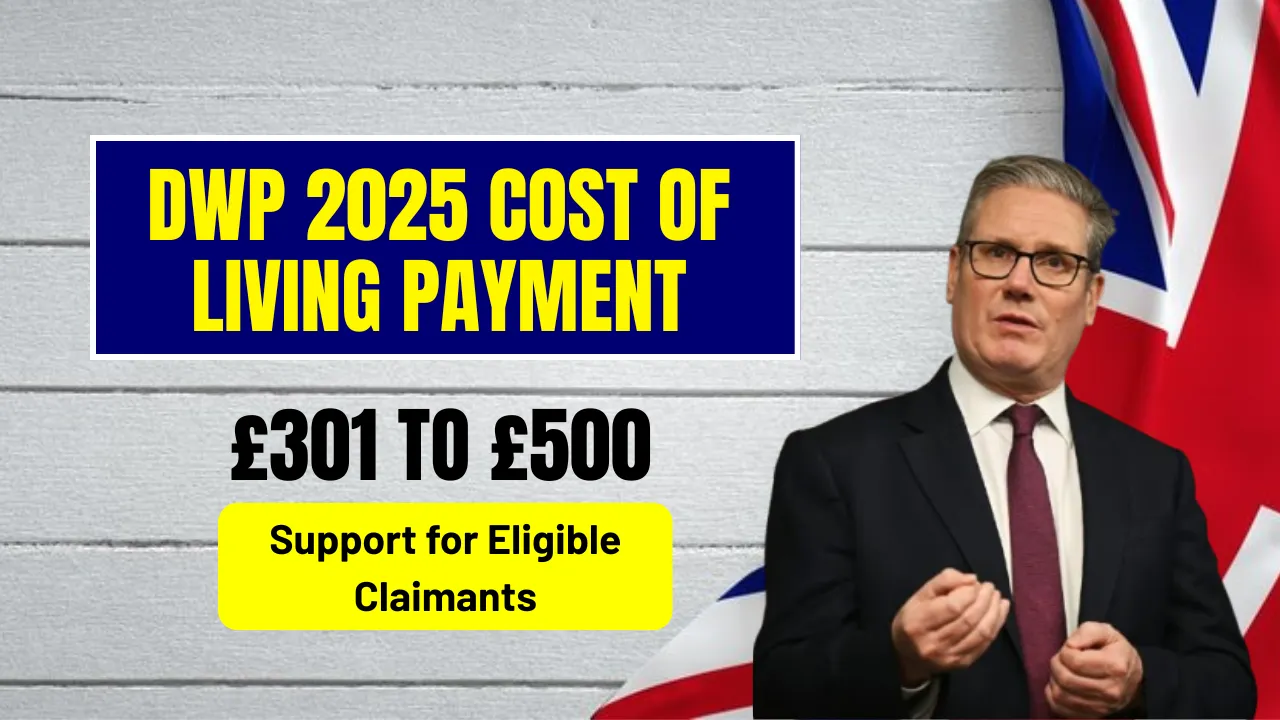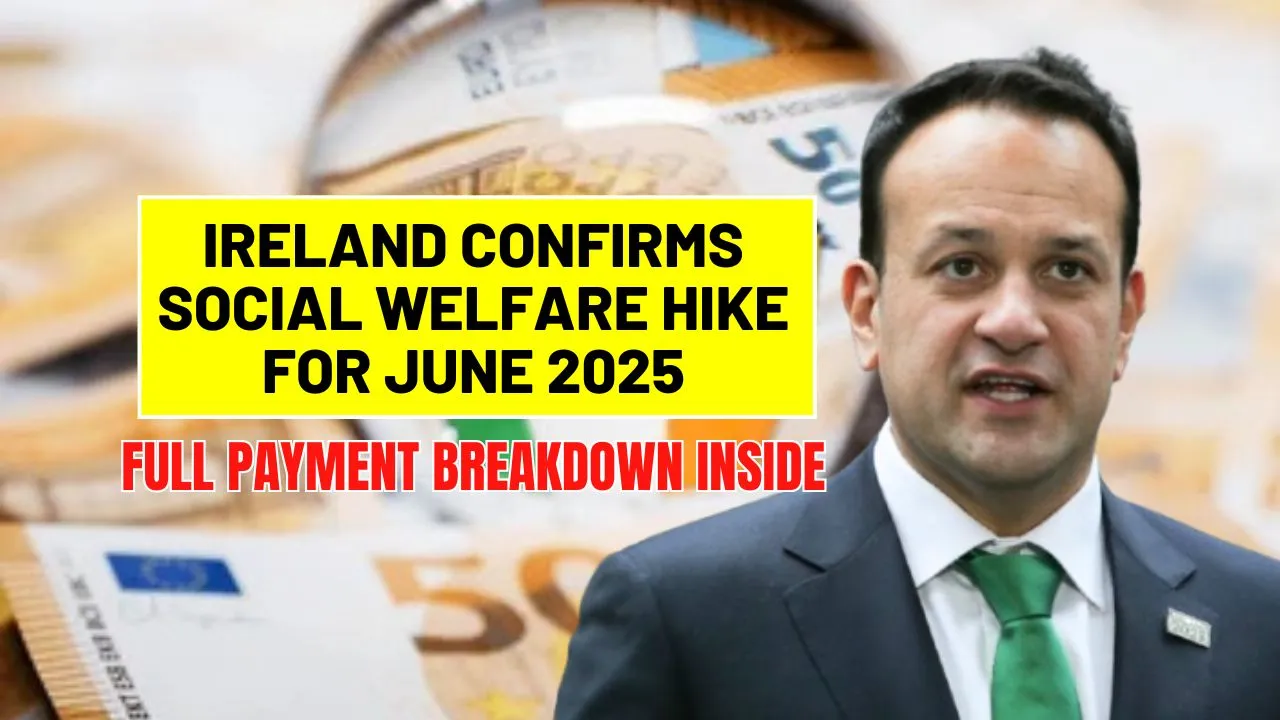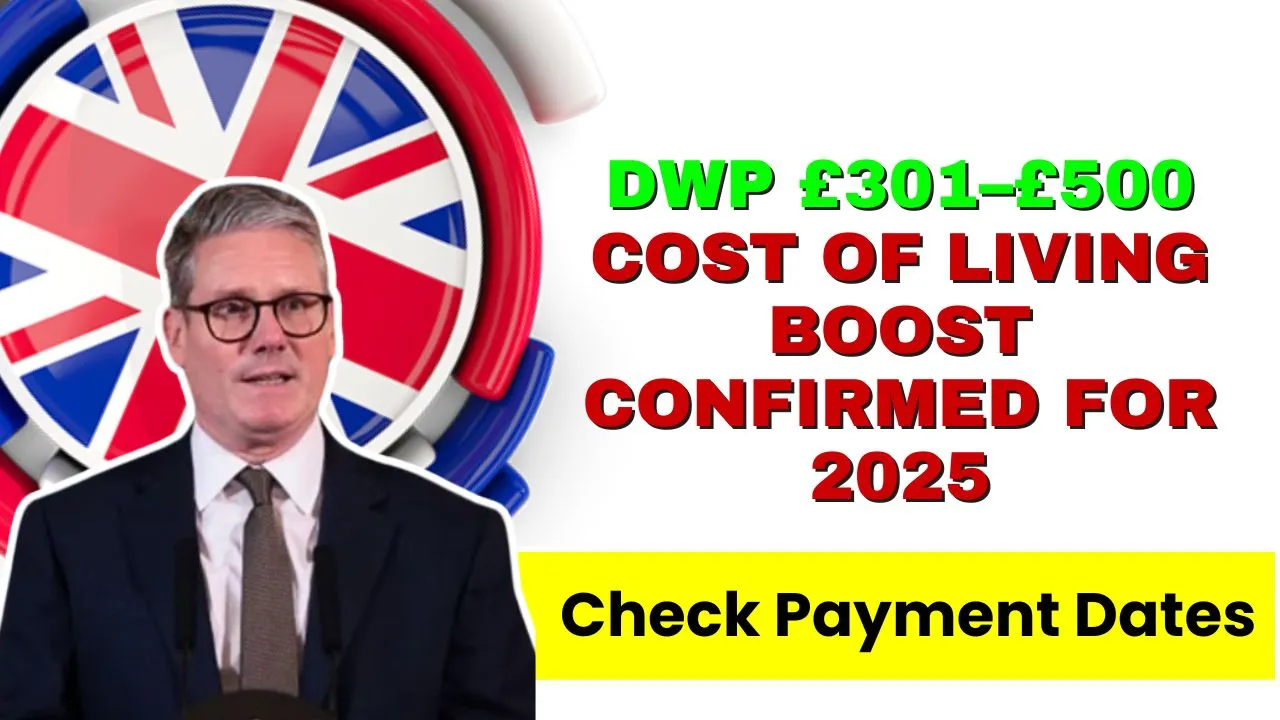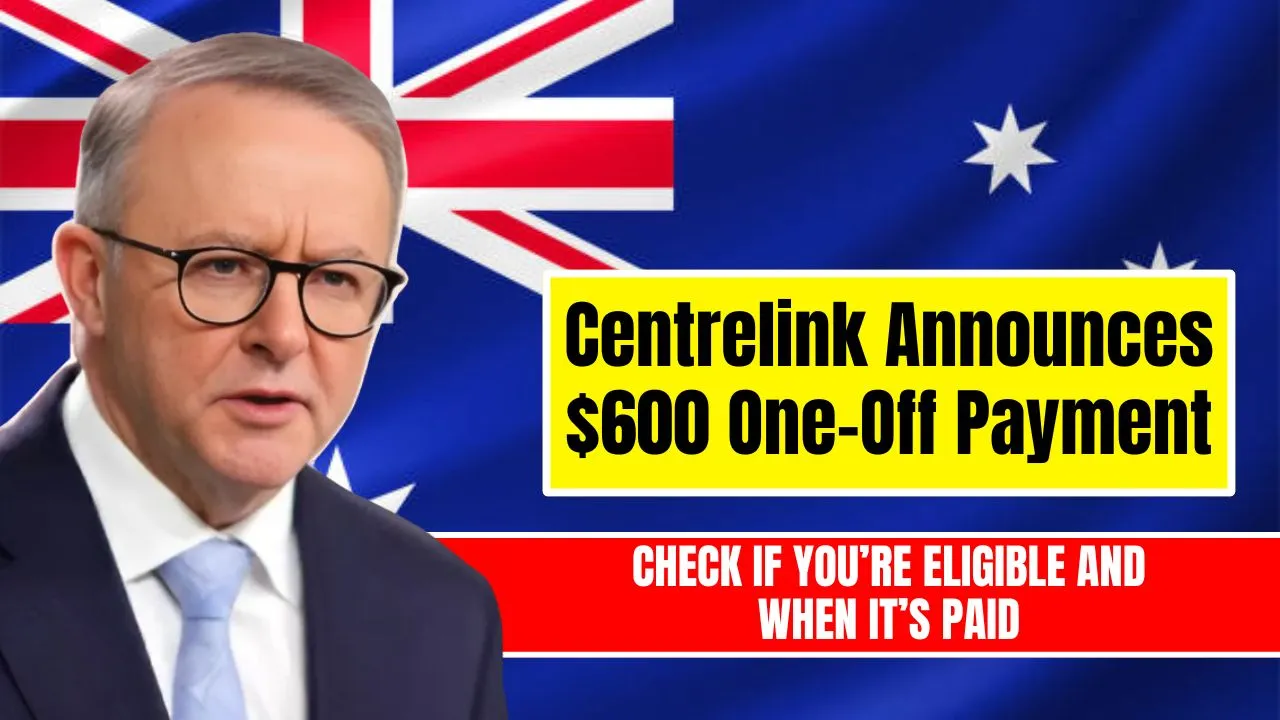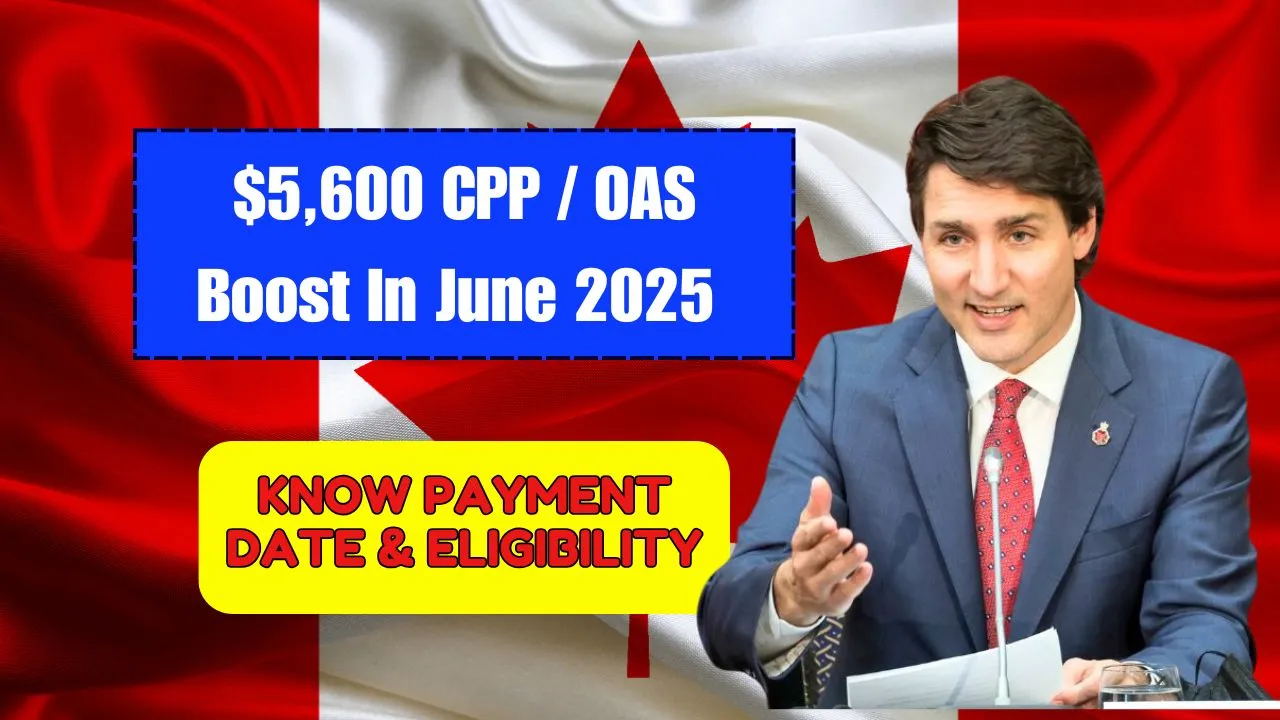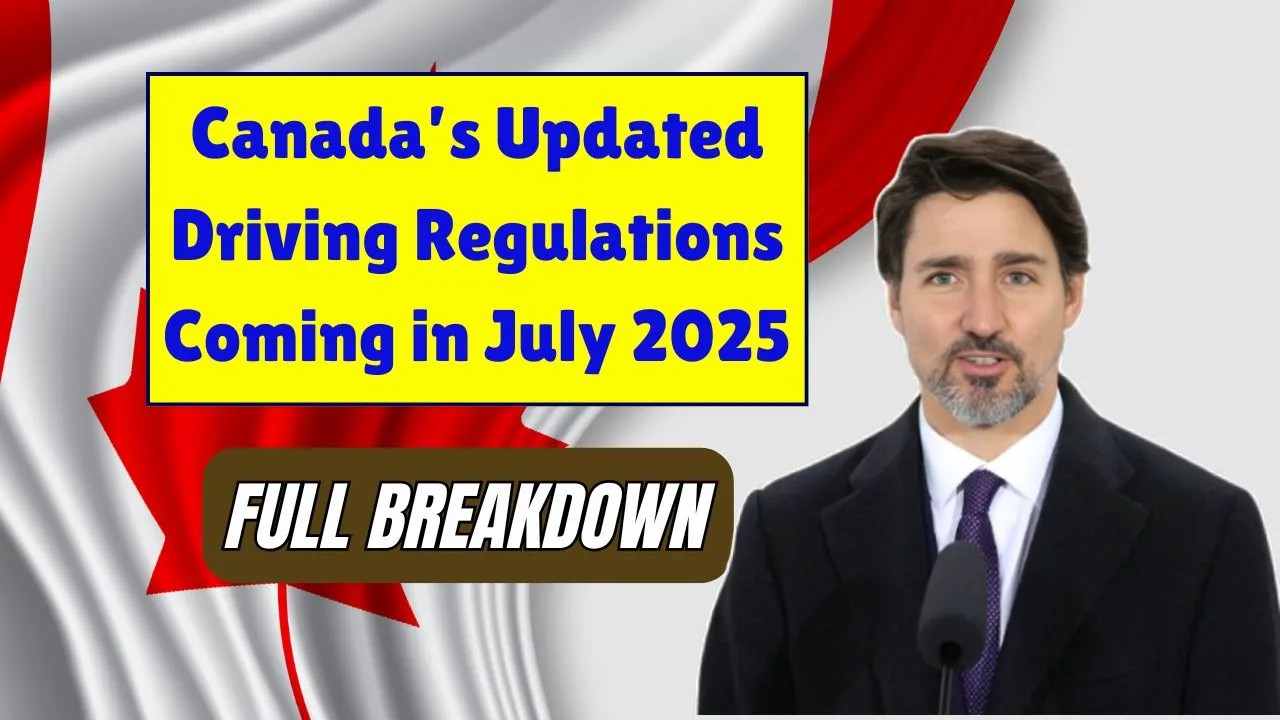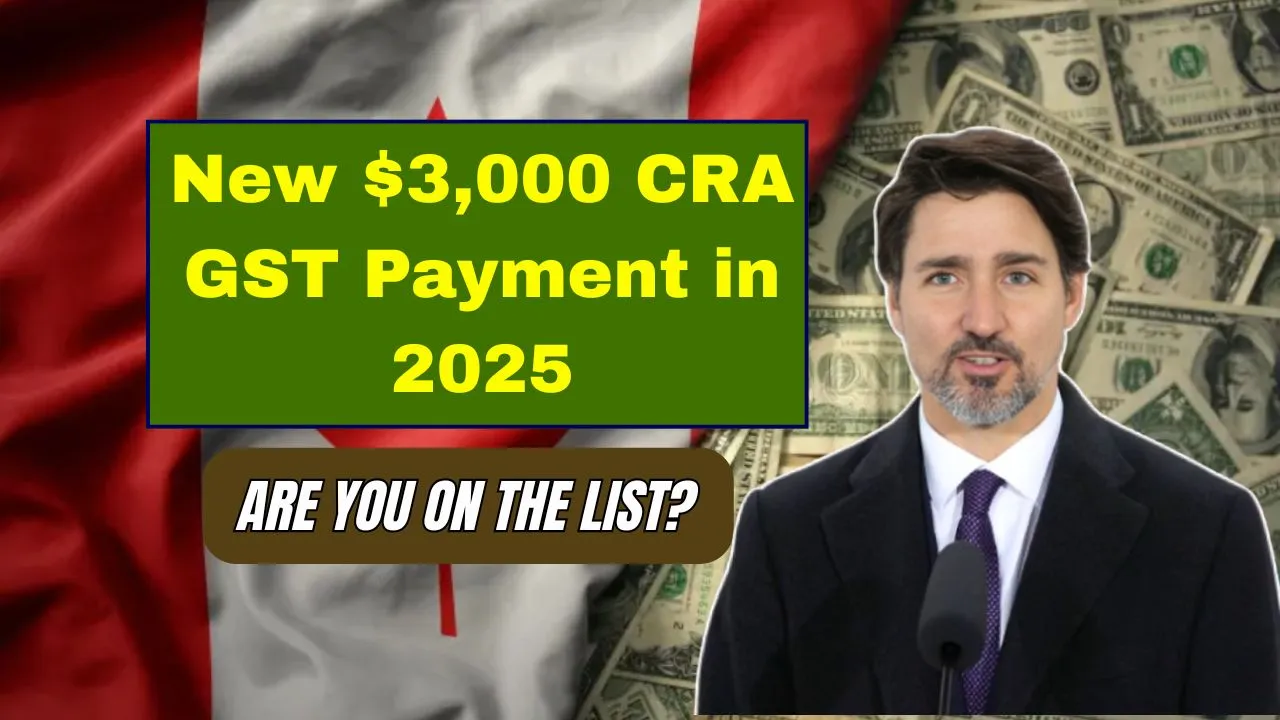DWP 2025 Cost of Living Payment: The UK government has announced a new Cost of Living Payment scheme for 2025, offering financial relief to millions of households affected by rising prices and inflation. Payments between £301 and £500 will be issued to eligible individuals throughout the year to help cover essential expenses.
The DWP 2025 Cost of Living Payment provides targeted support for people receiving certain benefits. These payments will be made automatically and are intended to help households manage costs related to energy, food, rent, and other living essentials without requiring an application process.
DWP 2025 Cost of Living Payment
| Payment Phase | Timeline | Amount | Target Recipients |
| Spring Payment | March–May 2025 | £301 | All eligible benefit recipients |
| Summer Top-up | July–August 2025 | Up to £200 | Primarily disabled people and carers |
| Autumn Payment | October–December 2025 | Remaining balance (up to £500) | All eligible recipients |
What Is the 2025 Cost of Living Payment Scheme?
This payment scheme is an extension of previous support measures introduced in response to inflation and energy price hikes. The 2025 plan offers structured assistance spread across the year to help manage fluctuating expenses such as seasonal energy usage or school holiday costs.
Eligible households will receive payments in three installments during the spring, summer, and autumn. These payments are tax-free and will not affect any other benefits.
Who Qualifies for the £301 Base Payment?
To be eligible for the base payment, individuals must be receiving one of the following qualifying benefits:
- Universal Credit
- Income-based Jobseeker’s Allowance (JSA)
- Income-related Employment and Support Allowance (ESA)
- Pension Credit
- Income Support
- Working Tax Credit
- Child Tax Credit
- Housing Benefit
Receiving one of these benefits during the qualifying period makes you eligible for the payment. No application is required, and payments will be made automatically.
Additional Eligibility for Enhanced Support (Up to £500)
Some people may qualify for top-up payments if they have specific additional needs or receive disability-related benefits. The summer top-up focuses on people with higher living costs due to health or caregiving needs. These include:
- Personal Independence Payment (PIP)
- Disability Living Allowance (DLA)
- Attendance Allowance
- Carer’s Allowance
- Health-related heating support
Those who receive these benefits will receive an extra amount in addition to the spring payment, potentially bringing their total to £500.
How Payments Will Be Made
Payments will be automatically deposited into the bank account where claimants receive their usual benefits. No extra forms or claims are necessary. When checking your bank account, you may notice payment descriptions that confirm the source of the funds.
Though pre-payment notices may not be issued, some recipients may receive confirmation letters after the funds have been deposited.
Important Considerations to Ensure You Receive Your Payment
To avoid missing payments, recipients should:
- Keep their bank account details up to date
- Ensure their mailing address is current
- Review benefit letters for any changes
- Monitor their bank account during payment periods
You can update your details through your online benefits account or by contacting your benefit provider.
The Significance of the 2025 Cost of Living Support
This scheme is vital for helping households manage costs, especially during periods of financial stress. The payments aim to:
- Assist with higher heating costs after winter
- Support families with extra childcare and food costs in the summer
- Help people prepare for increased expenses in winter
In addition to financial relief, the program reduces the risk of food insecurity, utility debt, and reliance on credit for daily needs. It also provides targeted help to disabled individuals and carers.
Regional Distribution and Local Support
Additional local support is available in some areas. Depending on where you live, you may have access to further help such as:
- Local council hardship grants
- Disability or carer-focused funds
- Additional energy and housing support programs
You can check with your local council to find out what additional resources may be available in your area.
Protecting Yourself From Scams
Scammers often try to exploit public assistance programs. To stay safe:
- Never share personal information in response to emails or texts claiming to be from DWP
- Do not pay any service offering to “help you apply” — these payments are automatic
- Report suspicious messages or calls to local authorities or consumer protection services
What If You Don’t Receive Your Expected Payment?
If you believe you were eligible but didn’t receive a payment:
- Confirm that you received a qualifying benefit during the required period
- Check that your bank details and address are accurate
- Contact the appropriate benefits office to report the missing payment
Support is also available from local advice centers for anyone needing help checking eligibility or disputing a missed payment.
Impact on Other Benefits and Tax Status
Many people wonder how these payments affect their overall financial situation:
- These payments are non-taxable
- They do not count as income for benefit purposes
- They are exempt from the benefit cap
- They do not affect savings limits for means-tested benefits
You can receive these payments without worrying about losing or reducing other support.
Looking Beyond 2025
While the 2025 scheme addresses immediate challenges, future plans may include:
- Annual benefit increases to match inflation
- Home energy efficiency improvements
- Job and skills training support
The goal is to build long-term financial resilience for households by reducing dependence on emergency support.
Conclusion
The DWP 2025 Cost of Living Payment is a crucial support initiative that aims to help low-income and vulnerable households manage daily expenses in a time of high inflation and rising costs. With payments of up to £500 delivered in three stages, the program ensures timely and targeted financial aid throughout the year.
